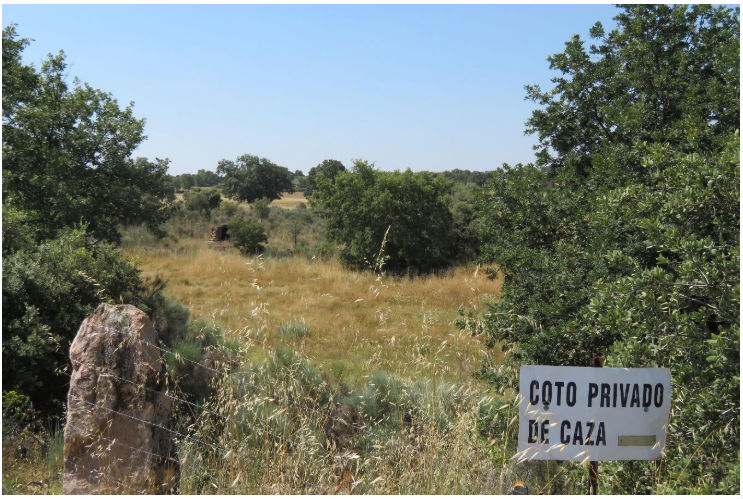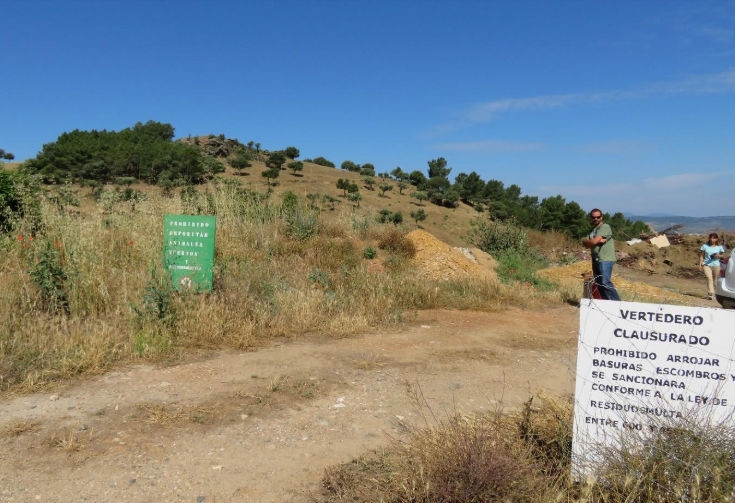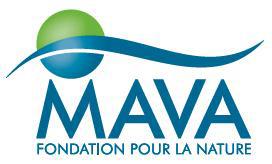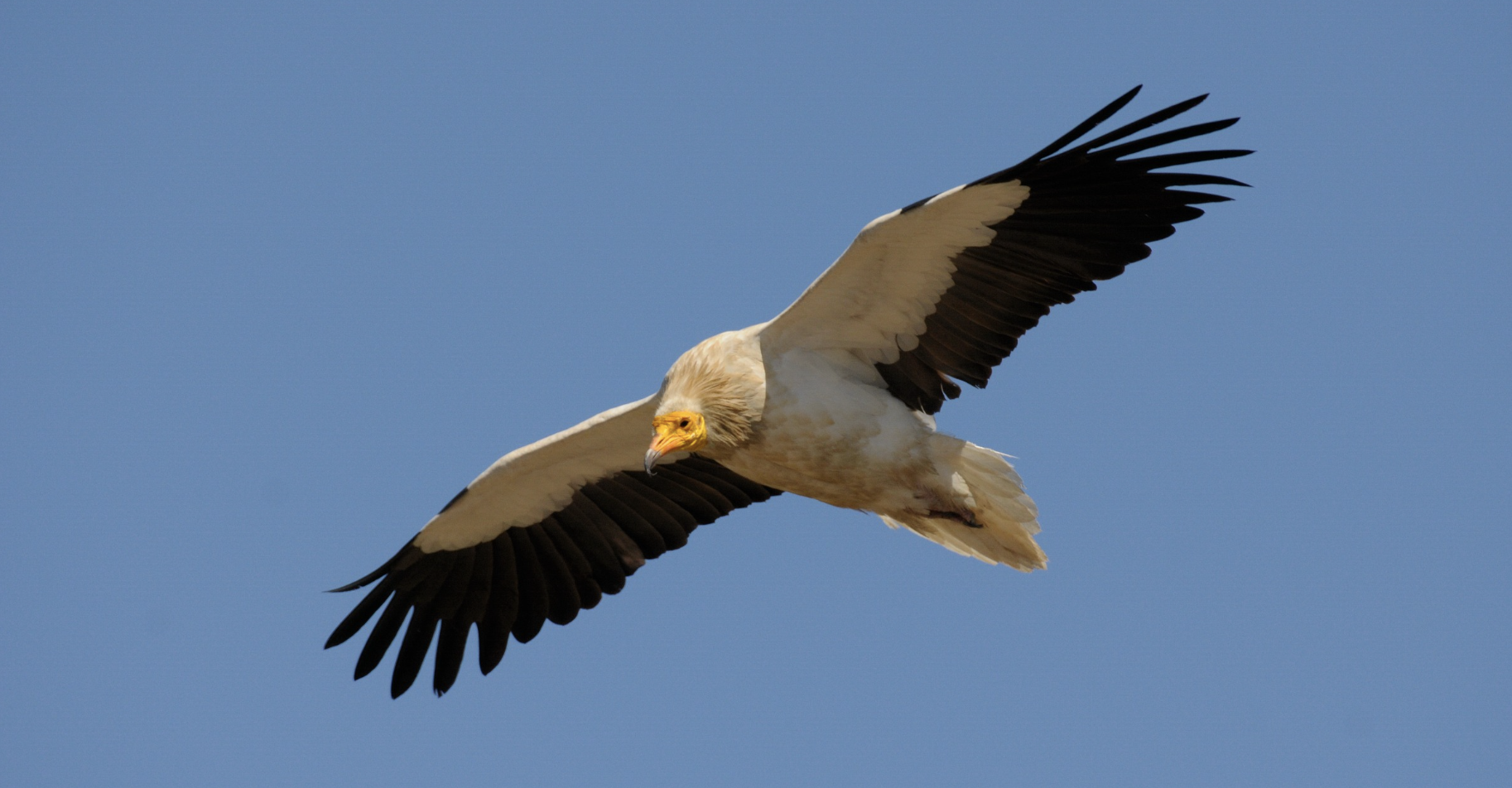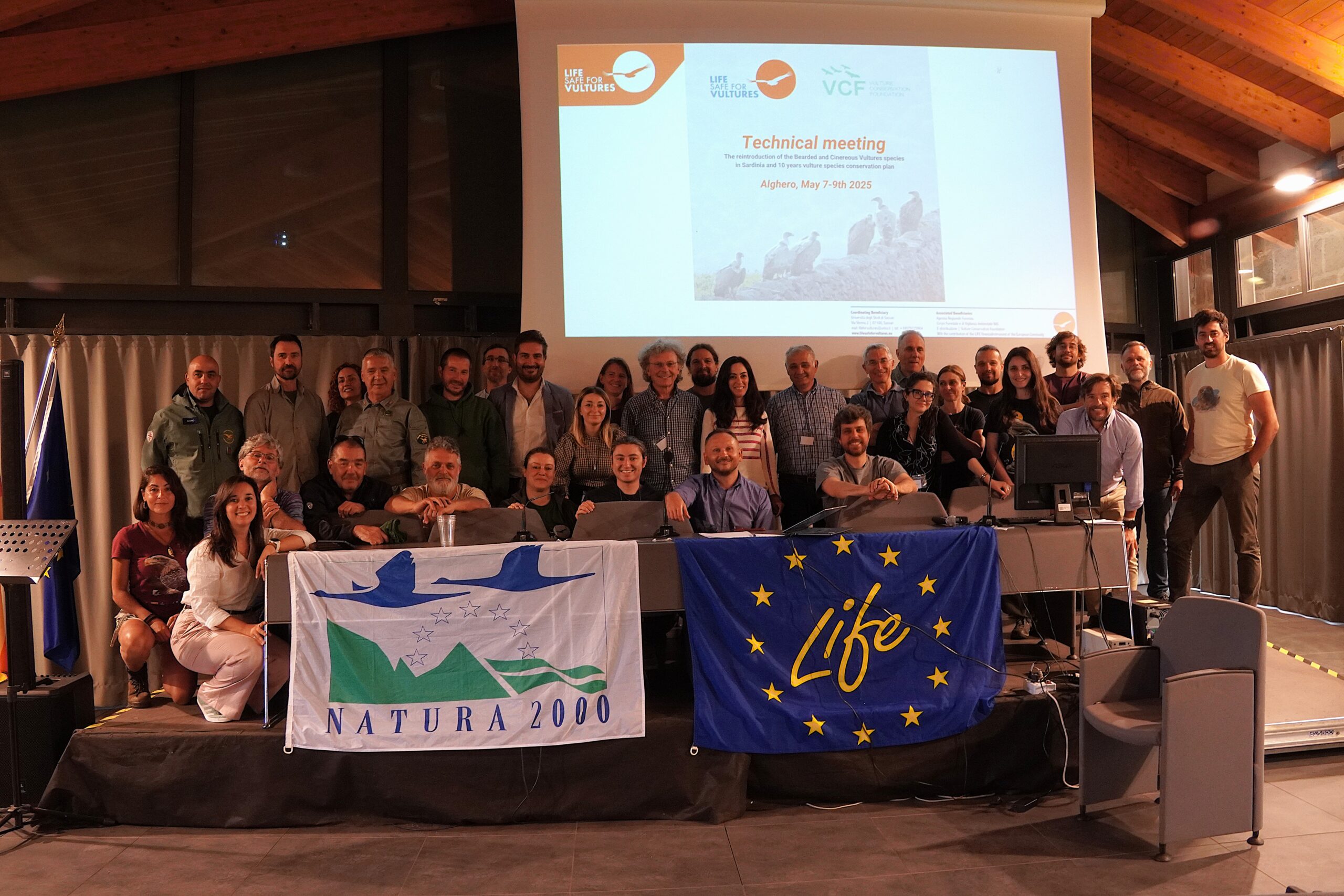
The LIFE Rupis project aims to strengthen the populations of the Egyptian vulture (and the Bonelli´s eagle) in the cross-border Douro region of Spain and Portugal, by reducing the mortality of these birds and increasing their breeding success. Recently some of the Vulture Conservation Foundation team went on field work with the team and Louis sent this report back.
Egyptian Vultures in the Douro Canyon
The Egyptian vulture is the smallest vulture in Europe, and it is classified as “Endangered” – in Europe its populations have declined by 50% over the last 40 years – and the Douro canyon includes one of its strongholds in Iberia with the presence of 135 breeding pairs, according to the baseline study done in the beginning of the project.

Monitoring movements Egyptian vultures
Here at the Vulture Conservation Foundation we are working to analyse space use and movement patterns of the birds that are being tagged with GPS transmitters. While we have already learnt a great deal about the extent of the movements of these birds, their migration routes and their summer and winter ranges, it is still not fully understood why the birds repeatedly visit specific sites. In an effort to identify the main drivers of these movements, the resources that the vultures rely upon and any potential threats within their summer range, we, along with other LIFE Rupis partners recently spent two days visiting sites that were identified as being important for the vultures during the analyisis of the GPS data.
Following Egyptian vultures
The vultures all tend to move in an eastwards direction from their nest sites and so the vast majority of repeatedly visited sites are located in the Salamanca region of Spain which is known for its livestock farming industry.
Of the 15 sites visited, all had at least one of the following features in common: the presence of livestock, usually cows and calves; man-made livestock drinking ponds (known locally as “charcas”); rocky outcrops; private hunting properties; and/or proximity to sites used for dumping of rubbish and waste. Although these sites were identified from GPS tracking data from only five breeding adults it is likely that other vultures also use these sites as Egyptian vultures often forage in groups, particularly at sites with predictable food availability.
Waste dumping site; livestock drinking pond (“charca”); private hunting property; farm with dung heap
And sure enough this was confirmed when Egyptian vultures were observed by the field team at several of the sites.
Moñigueros
During the visit we observed an Egyptian vulture taking flight directly from a dung heap.vultures often forage in groups, particularly at sites with predictable food availability.
Consumption of dung, or “coprophagy”, is uncommon in birds, apart from when adults remove it from the nest site by eating it, Egyptian vultures are known for consuming livestock dung and even have nicknames alluding to this in Spain e.g. “churretero” or “moñiguero”, meaning dung-eater. It is thought that they do this to obtain carotenoids which are necessary to form their characteristic yellow facial pigmentation and also play a role in developing and maintaining an effective immune system (Negro et al. 2002).

It is also possible that the vultures forage around livestock and their dung in order to find and eat invertebrates disturbed by the animals or attracted to their dung. Similarly, this could be one reason that the GPS data indicate that the vultures regularly visited the edge of livestock drinking points where dung tends to be concentrated, although it is possible that the vultures were using the water sources for drinking and bathing, and perhaps even using the wet mud for colouring themselves for cosmetic purposes for social communication (van Overveld et al. 2017).
Visiting farms
There is still a lot to learn about exactly what is driving the movements of the Egyptian vultures in the Douro region, but it certainly appears that they have a close reliance on livestock farming activity which goes beyond consuming carcasses of dead animals. The region’s farmers are therefore playing a vital role in supporting the Egyptian vulture population, and this was illustrated in an interview with one farmer who explained that he sees them feeding on dung amongst his cows and calves on a daily basis, and often sees up to twelve at one time. That particular site (shown in photos below) is known to be very important for the breeding female, Faia, which travels here more than 30 km from its nest site, two or three times per week.

Supplementary feeding
Another activity that is supporting the Egyptian vulture population in the LIFE Rupis project area is the provision of carrion at specially managed supplementary feeding sites. Although the tracked vultures do not regularly visit these sites, camera trapping data indicate that untagged Egyptian vultures use them very often, confirming the importance of predictable food sources for this threatened species (López-López et al. 2014).
As more data is transmitted during this breeding season we will gain a better understanding of the drivers of Egyptian vulture movements in the Douro region and identify which resources and which key sites they rely upon to meet their daily needs. The aim is to fit additional transmitters in the coming months to provide a larger, more representative sample of tracked vultures to inform future conservation strategies.
The movements of the Egyptian vultures can be followed using our online maps.
